सर्व्हायकल स्पॉन्डिलायटिस – आयुर्वेदीय व पंचकर्म उपचार
आजच्या धावपळीच्या युगात सर्व्हायकल स्पॉन्डिलायटिस (Cervical Spondylitis) हा एक सर्व सामान्य पण त्रासदायक विकार बनला आहे. लांब वेळ मोबाईल किंवा संगणकावर काम करणे, चुकीची बैठक, झोपेची चुकीची सवय, सतत ताणतणाव यामुळे मणक्यांमध्ये झीज होऊन वेदना निर्माण होतात.
🔍 सर्व्हायकल स्पॉन्डिलायटिस म्हणजे काय?
सर्व्हायकल स्पॉन्डिलायटिस हा मानेच्या मणक्यांमध्ये होणाऱ्या झिजेचा विकार आहे. या विकारात मणक्यांमध्ये वातदोषाचा प्रकोप होऊन संधिशोथ आणि मज्जातंतूंवर दबाव निर्माण होतो. यामुळे वेदना, मुंग्या, बधिरपणा अशा तक्रारी दिसून येतात.
🪷 आयुर्वेदीय दृष्टिकोन
आयुर्वेदात हा विकार “ संधिगत वात” किंवा “मन्यागत वात “ या संज्ञेत समाविष्ट होतो. वातदोषाचा प्रकोप होऊन ग्रीवा (मानेचा भाग) भागात वेदना, अकड, हालचालींमध्ये अडथळा निर्माण होतो. चुकीचा आहार-विहार, उपवास, कोरडा, रुक्ष व थंड आहार, सततचा ताणतणाव हे वातदोष वाढवणारे घटक आहेत.
⚠️ लक्षणे (Symptoms):
- मानेत सतत वेदना व अकडणे किंवा जखडल्या सारखे असणे
- मान हलवताना क्रॅकिंग किंवा आवाज येणे
- खांदा, हात, बोटांमध्ये मुंग्या येणे, बधिरपणा असणे
- डोकेदुखी, चक्कर येणे
- झोपताना हात बधीर होणे
- एकाच स्थितीत बसल्यावर त्रास वाढणे
💢 मुख्य कारणे (Causes):
- चुकीची बैठक व झोपण्याची सवय
- संगणक किंवा मोबाईलचा सतत वापर
- वाढत्या वयामुळे होणारी हाडांची झीज
- अपुरे पोषण व असंतुलित आहार
- ताणतणाव व चिंता
- सतत एकाच स्थितीत राहणे
🌿 आयुर्वेदीय उपचार पद्धती:
आयुर्वेदात उपचार वातशमन, सूज कमी करणे, मज्जातंतू बळकट करणे आणि शरीरातील आमाची निर्मिती रोखणे यावर जास्त करून केंद्रित असतो.
🔸 औषधी औषधोपचार:
- योगराज गुग्गुळु, त्रयोदशांग गुग्गुळु – वातशामक, वेदनाशामक गुगगूळ कल्पांचा उपयोग
- दशमूल काढा, एरंडमुळ काढा – सूज व वेदना कमी करतो तसेच वात शमन करते.
- शल्लकी, गुग्गुळु, अश्वगंधा, शतावरी – मज्जातंतूंचे पोषण व ताकद वाढवण्यासाठी
अशा अनेक विविध वात शामक, आम पाचक आणि बल्य अशा औषधांचा वापर योग्य अवस्था पाहून केला जातो.
🛁 पंचकर्म उपचार:
🔹 1.मन्या बस्ती
ग्रीवा (मान) प्रदेशावर औषधी तेल टाकून विश्रांती देणे – वेदना कमी होतात, वात संतुलित होतो.
🔹 2. अभ्यंग व स्वेदन
औषधी तेलांनी मालिश करून औषधी बाष्प (स्टीम) देणे – रक्ताभिसरण सुधारते, स्नायू शिथिल होतात.
🔹 3. नस्य (नाकाद्वारे औषध टाकणे)
मेंदू आणि मानेचे विकार दूर करण्यासाठी महत्त्वाचे – डोकेदुखी, चक्कर, मुंग्या कमी होतात.
🔹 4. बस्ती (औषधी एनिमा)
वातशमनासाठी प्रभावी उपाय – स्नायू, वातवाही सिरा, संधि किंवा संधि तसेच मज्जातंतूंवर प्रभावी कार्य.
🧘♂️ योग व दिनचर्या:
- भुजंगासन, मकरासन, गोमुखासन सारखी सौम्य योगासने
- उशी किंवा बॅक सपोर्टचा योग्य वापर
- सतत मोबाईलचा वापर टाळणे
- झोपण्याची व बैठक स्थिती सुधारवणे
🍲 आहार सल्ला (Diet):
- उष्ण, स्निग्ध व पचायला हलका आहार घ्यावा
- गहू, मूग, तांदूळ, तूप, आले, सुंठ यांचा आहारात समावेश करावा
- थंड, कोरडे, तळलेले, आंबट पदार्थ टाळावेत
- अति उपवास व अनियमित जेवण टाळा
✅ निष्कर्ष:
सर्व्हायकल स्पॉन्डिलायटिस हा दीर्घकालीन त्रास देणारा विकार असला तरी आयुर्वेदात यावर सखोल व संपूर्ण उपचार उपलब्ध आहेत. पंचकर्माच्या सहाय्याने वातशमन करून मज्जातंतूंना बळकटी देणे शक्य आहे. योग्य वैद्याच्या मार्गदर्शनाखाली औषधोपचार, पंचकर्म, योग आणि संतुलित आहार घेतल्यास हा विकार नियंत्रित करता येतो.
🌿 मानेच्या वेदनेपासून नैसर्गिक मुक्तता मिळवा – आयुर्वेदाच्या मार्गाने!


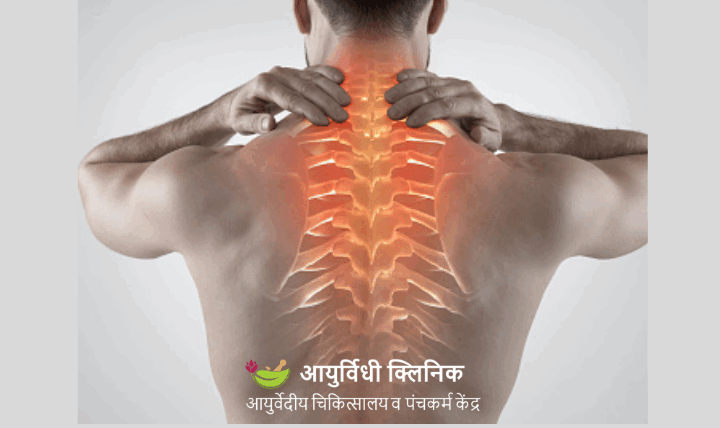
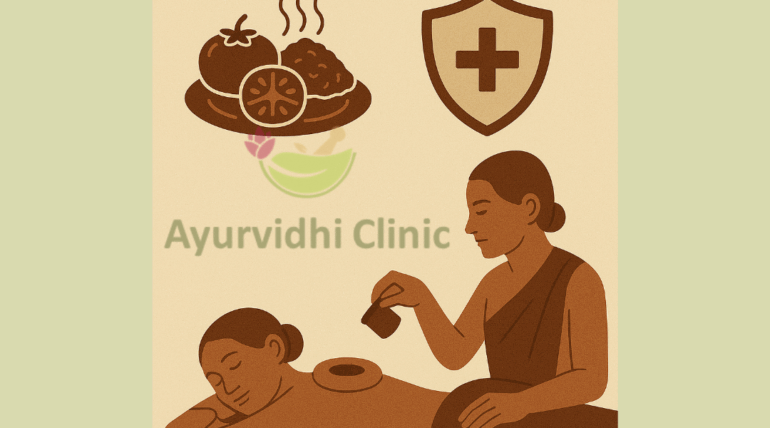
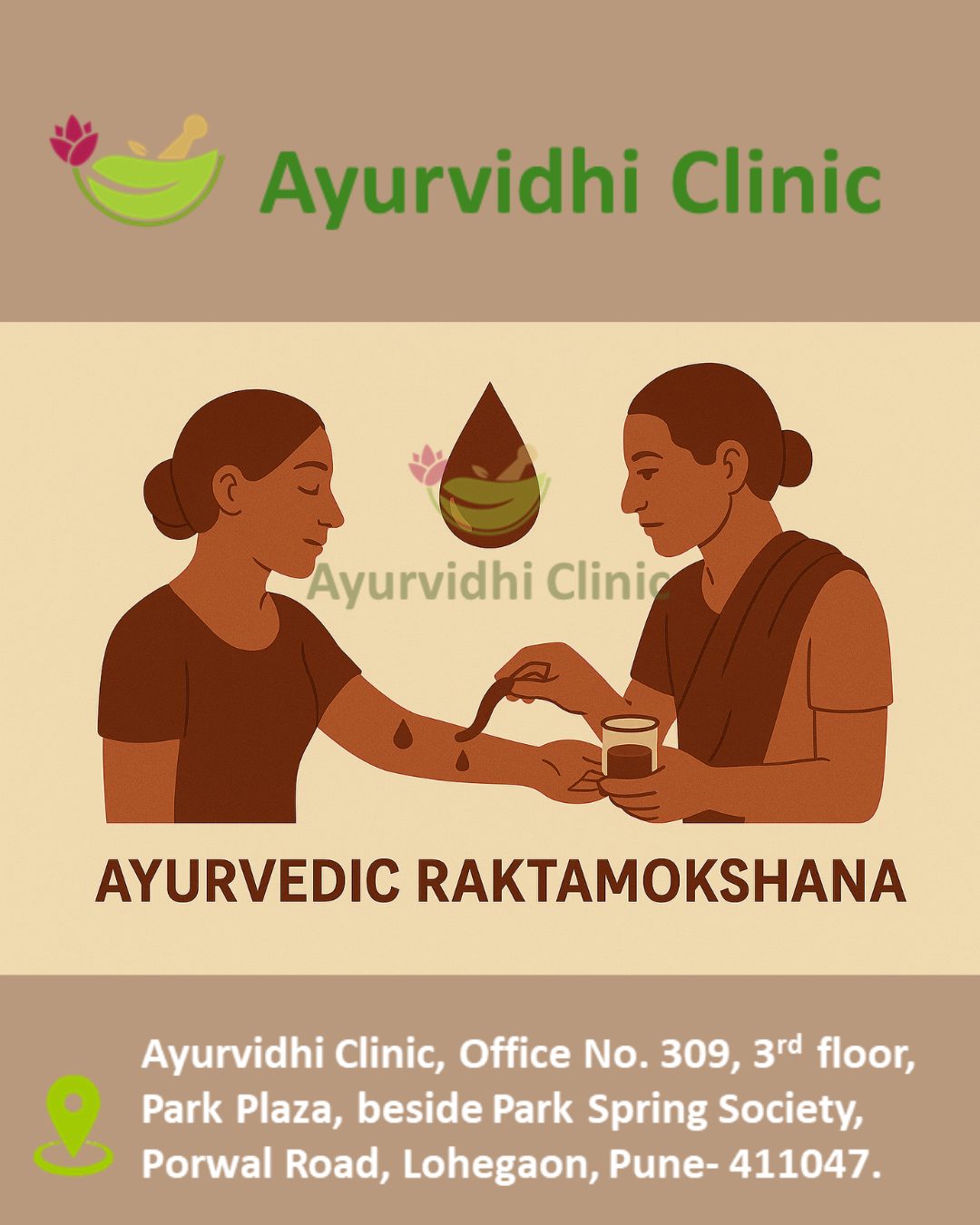
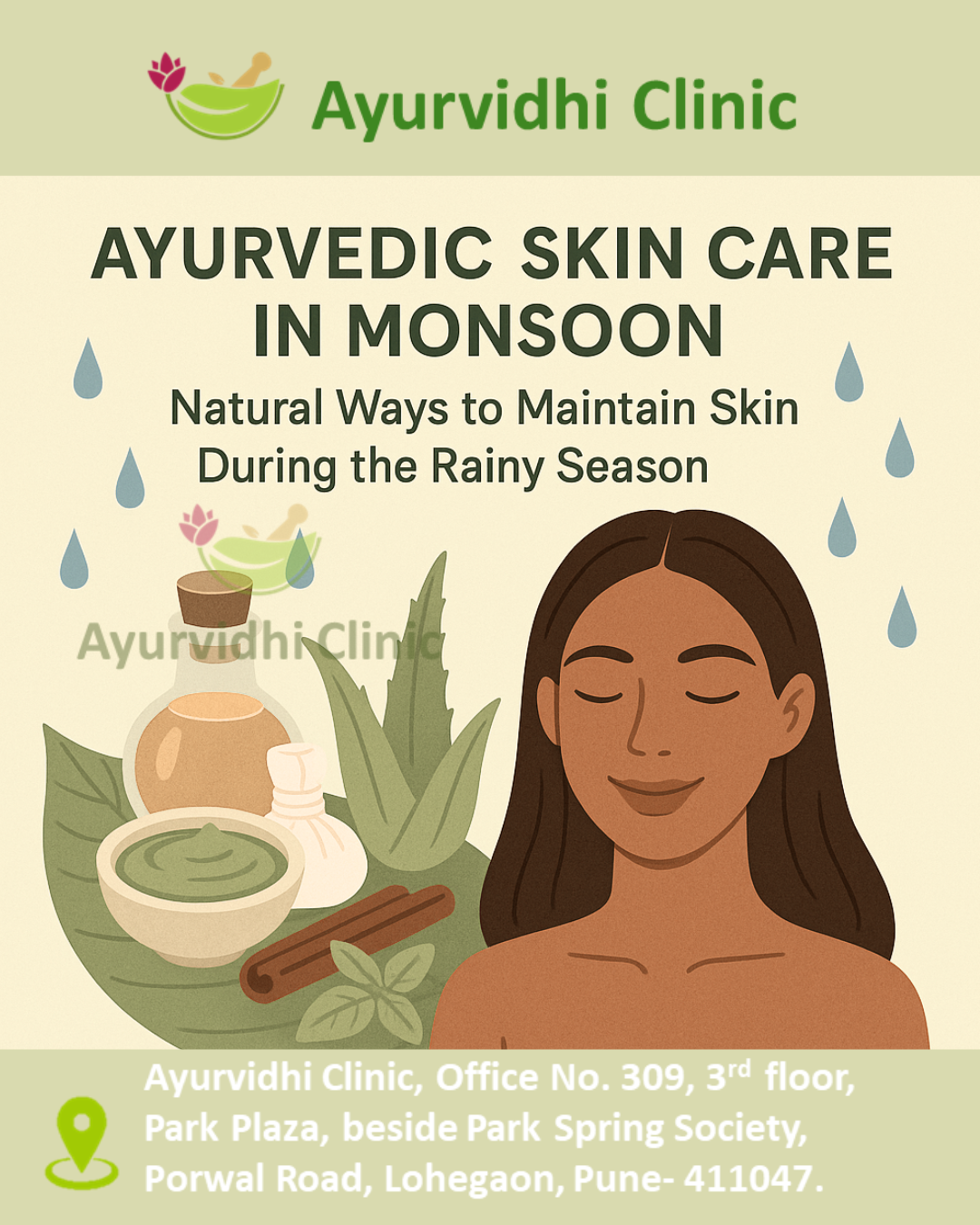
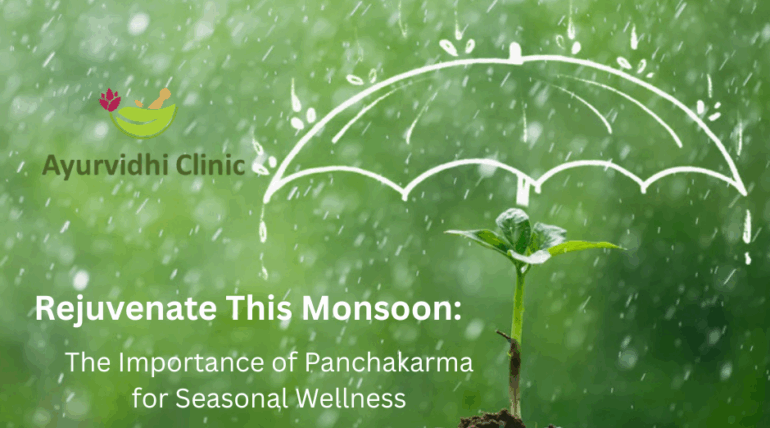
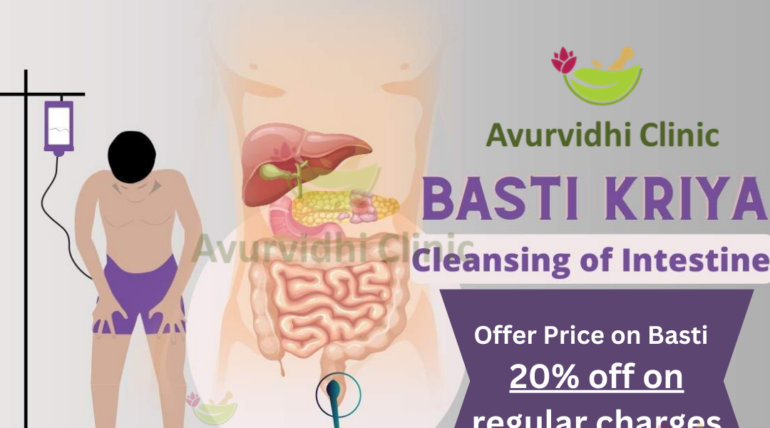

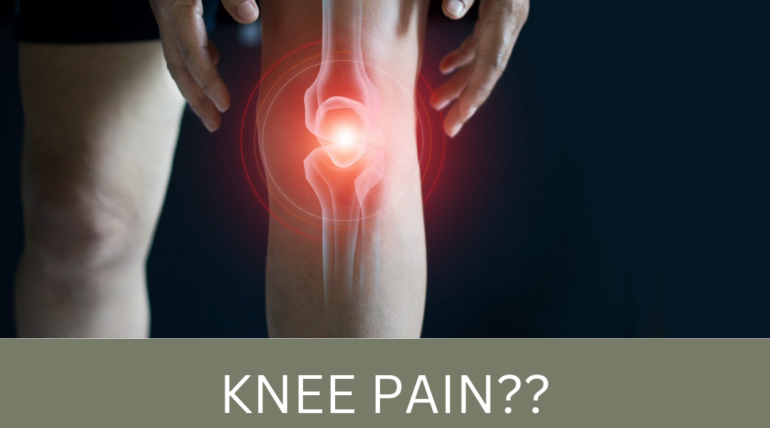
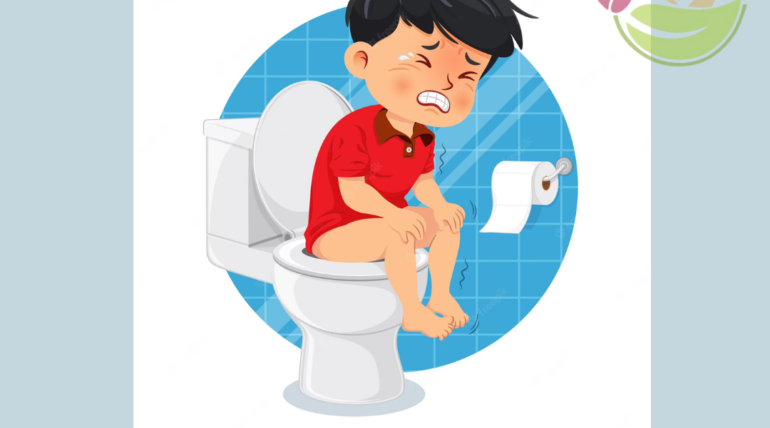



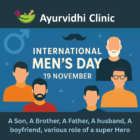
Recent Comments